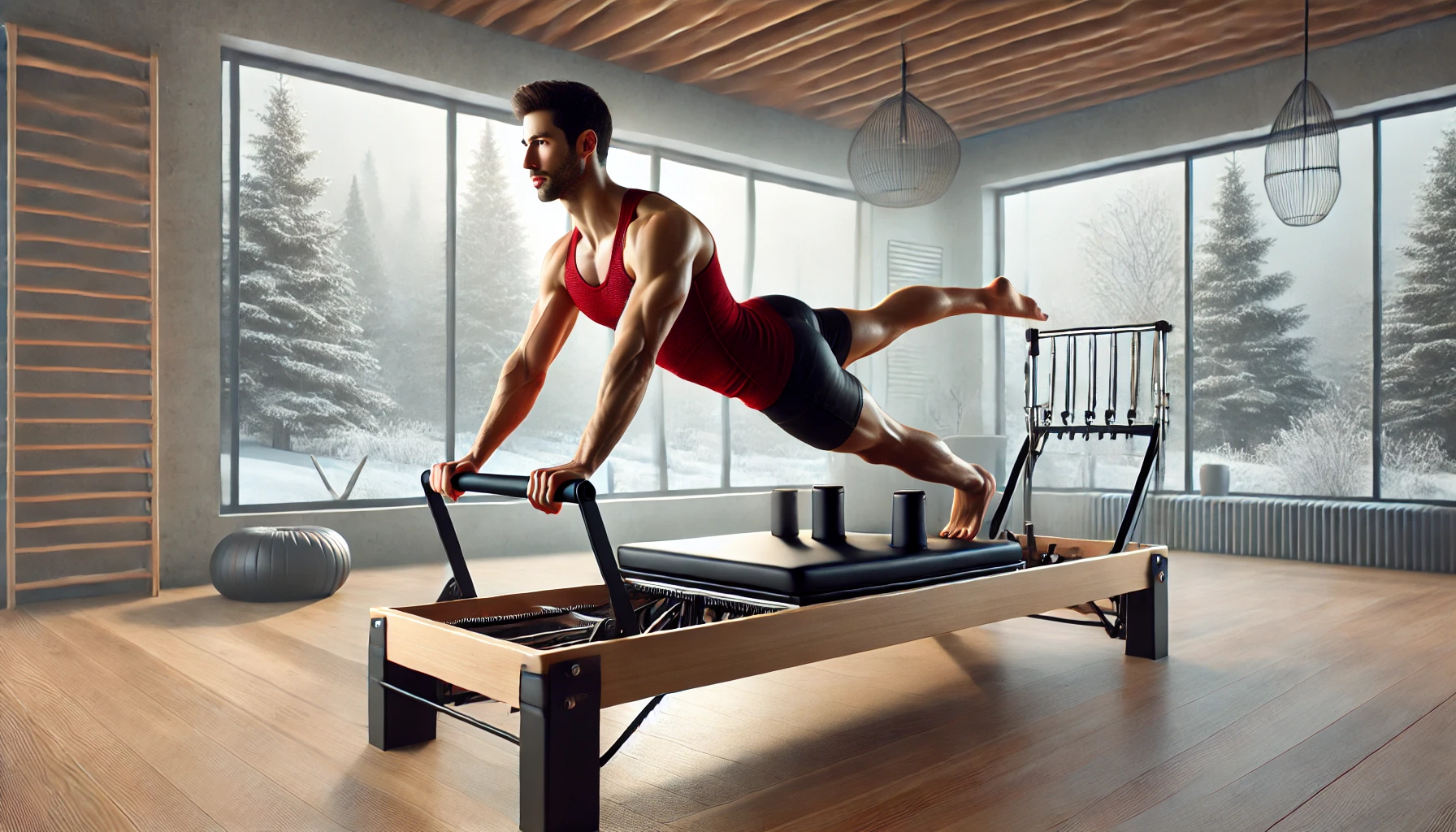Check out this answer from Consensus:
Pilates is a versatile and effective exercise method that can be tailored to meet the needs of various individuals, from those seeking general fitness improvements to those requiring rehabilitation for specific conditions. Whether performed on a mat or using specialized equipment, Pilates exercises offer a comprehensive approach to enhancing physical health and well-being.
Pilates is a mind-body exercise system that emphasizes strength, core stability, flexibility, muscle control, posture, and breathing. It was developed by Joseph Pilates in the early 20th century and has since gained widespread popularity for its holistic approach to physical fitness and rehabilitation. Pilates exercises can be performed on a mat or using specialized equipment, and they are designed to improve overall physical conditioning and well-being1 5 7.
Core Principles of Pilates
The core principles of Pilates include centering, concentration, control, precision, flow, and breathing. These principles are integral to the practice and help practitioners achieve optimal movement efficiency and body awareness. While these principles are universally applied, their emphasis may vary depending on the specific needs of the individual, such as those with low back pain who may focus more on posture1.
Types of Pilates Exercises
Mat-Based Pilates
Mat-based Pilates exercises are performed on the floor using a Pilates or yoga mat. These exercises primarily use body weight for resistance and focus on building core strength, flexibility, and endurance. Common mat-based exercises include:
- The Hundred: A breathing exercise that involves lying on the back, lifting the legs and head, and pumping the arms up and down.
- Roll-Up: A core-strengthening exercise that involves rolling the spine up and down from a lying to a seated position.
- Single Leg Stretch: An exercise that targets the abdominal muscles by alternating leg stretches while lying on the back.
- Spine Stretch Forward: A flexibility exercise that involves sitting with legs extended and reaching forward to stretch the spine5 7.
Equipment-Based Pilates
Equipment-based Pilates uses specialized apparatus such as the Reformer, Cadillac, and Wunda Chair. These machines provide additional resistance and support, allowing for a wider range of exercises and modifications. Common equipment-based exercises include:
- Footwork on the Reformer: A series of leg presses performed while lying on the Reformer, targeting the legs and core.
- Leg Circles on the Cadillac: An exercise that involves lying on the Cadillac and performing circular leg movements to improve hip mobility and core stability.
- Teaser on the Wunda Chair: A challenging core exercise that involves balancing on the chair while lifting the legs and torso into a V-shape3 9 10.
Benefits of Pilates
Pilates offers numerous benefits for individuals of all fitness levels and ages. Some of the key benefits include:
- Improved Core Strength: Pilates exercises target the deep abdominal muscles, enhancing core stability and strength5 7.
- Enhanced Flexibility: Regular practice of Pilates can increase flexibility, particularly in the hamstrings, hips, and lower back5 7.
- Better Posture: Pilates promotes proper alignment and posture, which can help alleviate back and neck pain1 2 6.
- Increased Muscle Endurance: Pilates exercises improve muscular endurance, allowing for better performance in daily activities and other forms of exercise5 7.
- Reduced Pain and Disability: Pilates has been shown to be effective in reducing pain and disability in individuals with chronic musculoskeletal conditions, such as low back pain and neck pain2 6 10.
